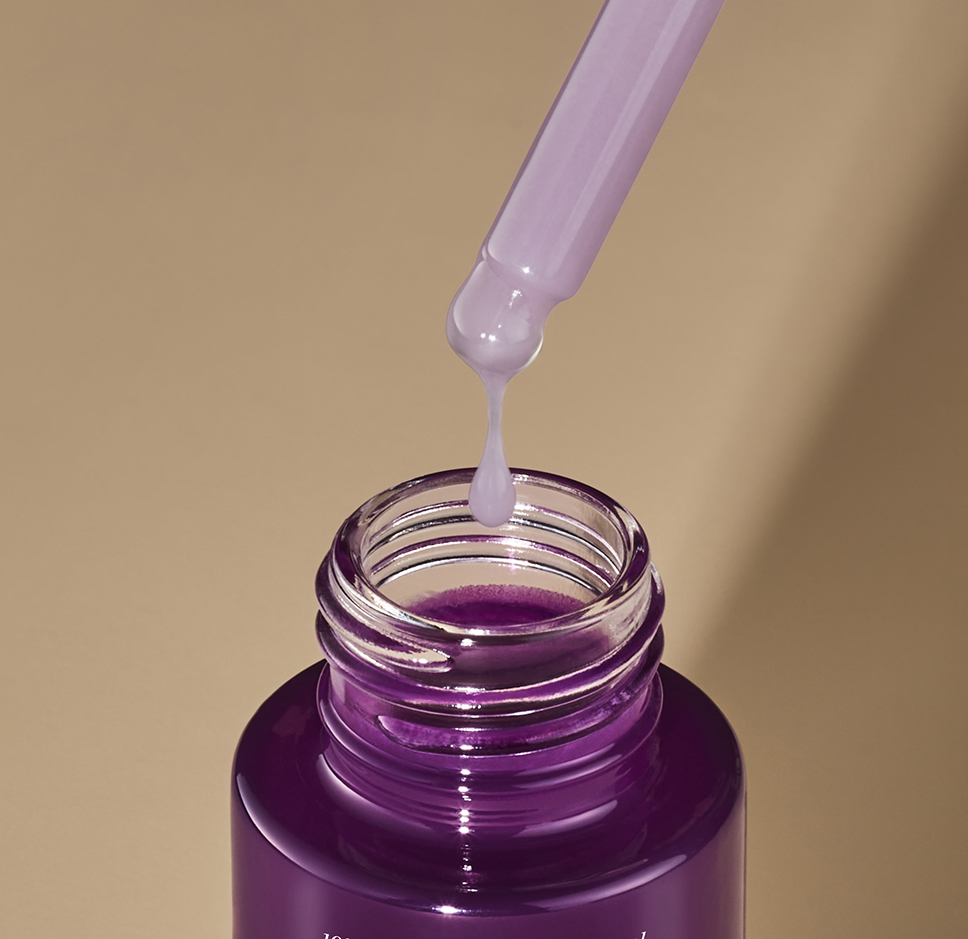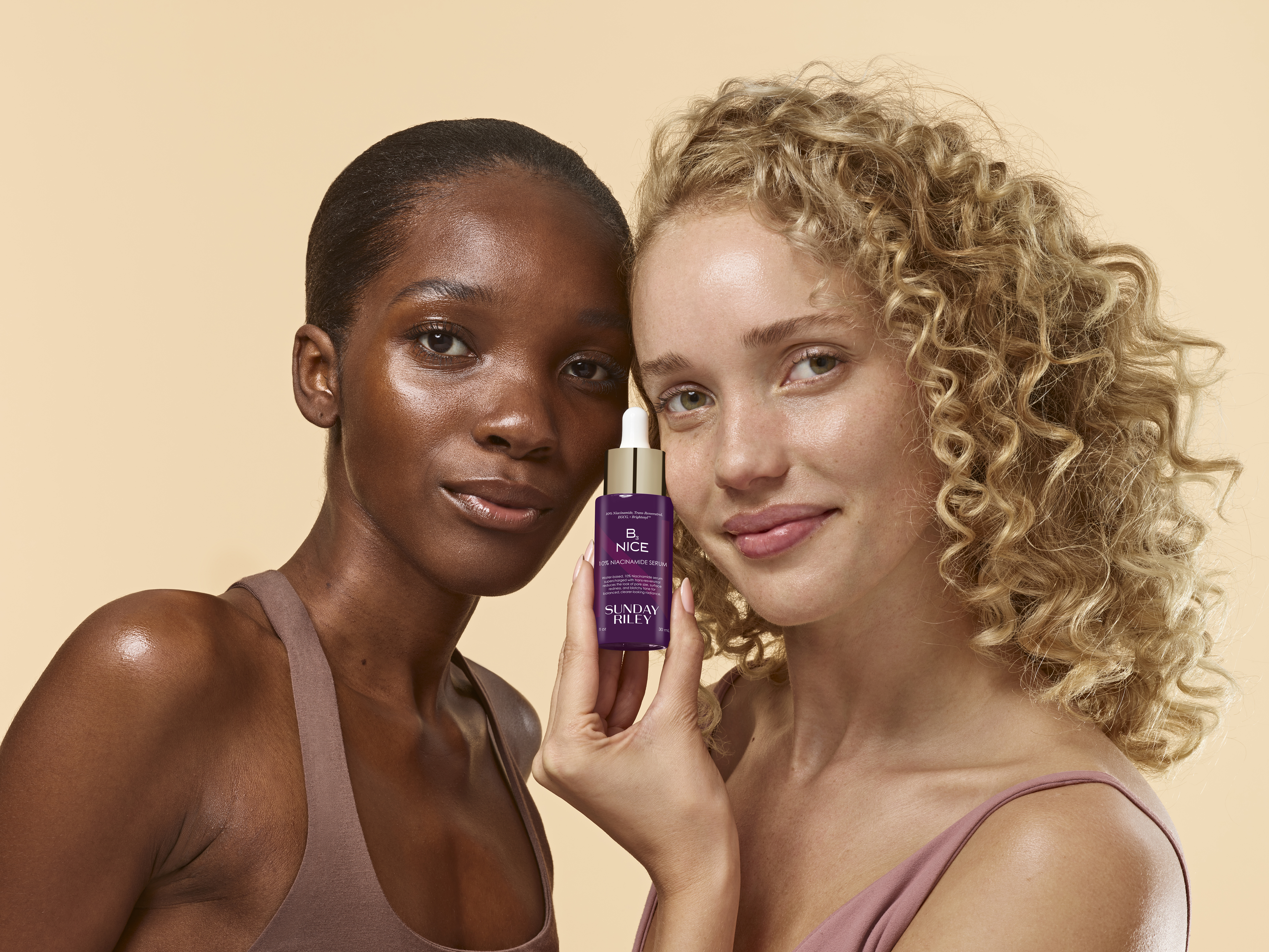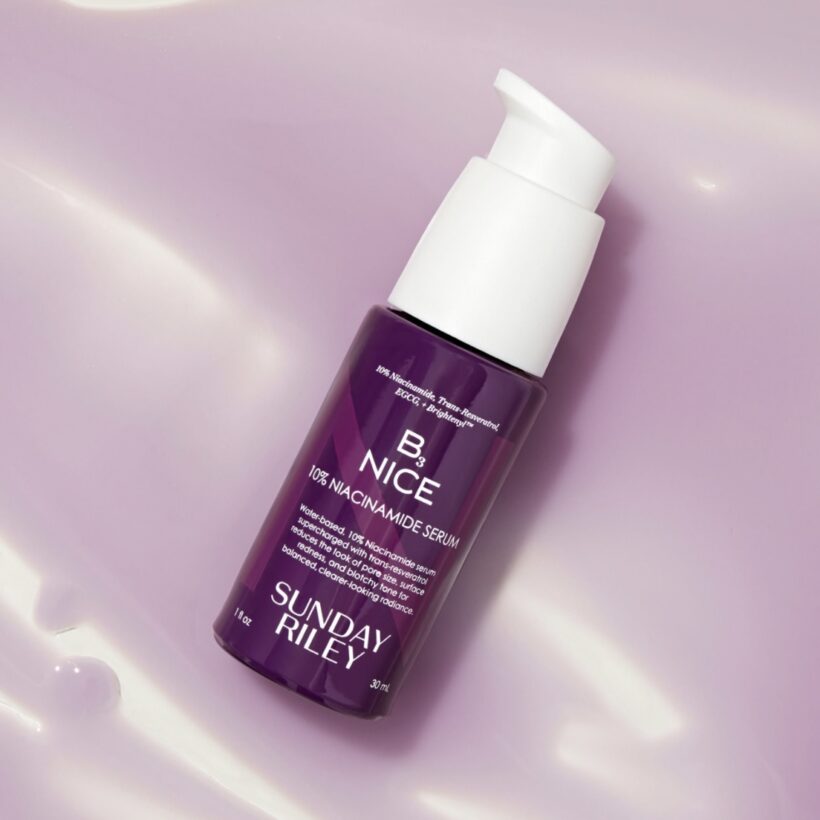Navigating the skincare world in search of the best-performing products and deciphering the buzzy new ingredients can be a minefield, especially in an industry overrun with false claims, so-called miracle workers, and head-spinning scientific jargon and data. As niacinamide emerges as the latest skincare ingredient turbocharged with anti-aging, acne-reducing, complexion-boosting, and brightening benefits, we turned to dermatologists and cosmetic aestheticians to unpack the myths and hype surrounding beauty’s new powerhouse.
Carole Hazan, M.D.,
is a dermatologist, cosmetic surgeon, founder, and medical director of Aesthetic and Surgical Dermatology of NY.
Monica Watters
is a New York-based skincare aesthetician and founder of Sacred Touch.
Naomi McCullum
is a renowned Australian cosmetic physician and a pioneer in the field of non-surgical cosmetic medicine.
Meet the Experts
Myth #1: Niacinamide is the newest beauty breakthrough

Niacinamide is a vitamin B3 derivative, and it’s not new; it’s been around a long time, according to Carole Hazan, M.D., a dermatologist, cosmetic surgeon, founder, and medical director of Aesthetic and Surgical Dermatology of NY. “The buzz surrounding it could be down to a new focus on the skin’s biome. Just as we are looking at the gut biome in medicine, which examines the healthy and unhealthy bacteria in the gut, we are now examining the bacteria or microorganisms on the skin,” says Dr. Hazan. “[Niacinamide has] anti-inflammatory properties and the ability to stimulate collagen production so it’s great for anti-aging in that regard and has a nice brightening effect.”
Myth #2: Niacinamide causes purging
Niacinamide is unlikely to cause skin purging, which is a reaction to an active ingredient causing it to speed up the cell turnover resulting in the skin shedding faster, says Monica Watters, a New York-based skincare aesthetician and founder of Sacred Touch. “Niacinamide does not increase cell turnover. It is relatively non-irritating compared to other topicals like retinoids or salicylic acid, making it a more suitable option for people with dry, dehydrated, or sensitive skin,” says Watters.
Myth #3: Niacinamide can’t be combined with vitamin C or other ingredients
“There is no reason you can’t use niacinamide with vitamin C or other ingredients, as in fact, they are synergistic,” says Dr. Hazan. “Vitamin C is known for its antioxidant and skin-brightening properties and can be combined with any other ingredient. Niacinamide is a gentle ingredient that also has strong anti-inflammatory and antioxidant properties, which are important in protecting the skin from the damage caused by the sun and environmental stressors so they work well together. That said, when I prescribe products and ingredients, I do prefer them to be separate … but of course, it does come down to the percentage of the concentration.”
Myth #4: Niacinamide can darken skin
On the contrary, studies have shown that niacinamide significantly decreased hyperpigmentation, like dark spots and discoloration, after four weeks of consistent use. “Data suggests niacinamide is an effective skin-lightening compound,” says Watters. “In simple terms, niacinamide actually protects against oxidative stress from pollution, toxins, and sun damage caused by UV rays, and treats hyperpigmentation. So it is actually beneficial at lightening dark spots, as well as minimizing fine lines, wrinkles, and signs of sun damage that comes with aging.”
Myth #5: You can expect overnight results

If only this were true. As with all skincare ingredients and treatments, there is no overnight miracle cure. That said, our dermatologists agree regular daily use (a.m. and p.m.) of a niacinamide-based serum or moisturizer will improve the overall health and appearance of your skin within weeks, and you should see results within the first month. While there are many reasons, as we’ve outlined, to add niacinamide to your skincare regimen — like now — perhaps the biggest draw is it’s perfect for all skin types. “Niacinamide is my favorite ingredient. I also love vitamin C, but the best thing about niacinamide is that every skin type can use it. It’s good for acne and redness, so it’s a godsend for sensitive skin. It is anti-pigment, anti-inflammatory, and amazing for anti-aging as it helps the body produce more ceramides, the fatty acids that are the building blocks that strengthen the skin’s barrier to keep it plump, smooth and hydrated,” says Naomi McCullum, a renowned Australian cosmetic physician and a pioneer in the field of non-surgical cosmetic medicine.
Myth #6: Niacinamide doesn’t help with breakouts
Niacinamide is being hailed as a multi-tasking superhero for its anti-aging, skin brightening, and smoothing benefits and ability to strengthen the skin barrier. But what really has the skincare world excited is its ability to treat acne and breakouts. “Niacinamide has been shown to work as a prebiotic on the skin, balancing and promoting the good bacteria and diminishing the bad, which also helps decrease and regulate sebum production, the oils that cause acne,” says Dr. Hazan. “It is even proving to be as effective at treating breakouts as clindamycin, a topical antibiotic often prescribed for acne … From my personal experience treating acne, breakouts, and hyperpigmentation with lactic acid and Retin A, I have found niacinamide to be more gentle and more effective.”
We only recommend products we have independently researched, tested, and loved. If you purchase a product found through our links, Sunday Edit may earn an affiliate commission.








